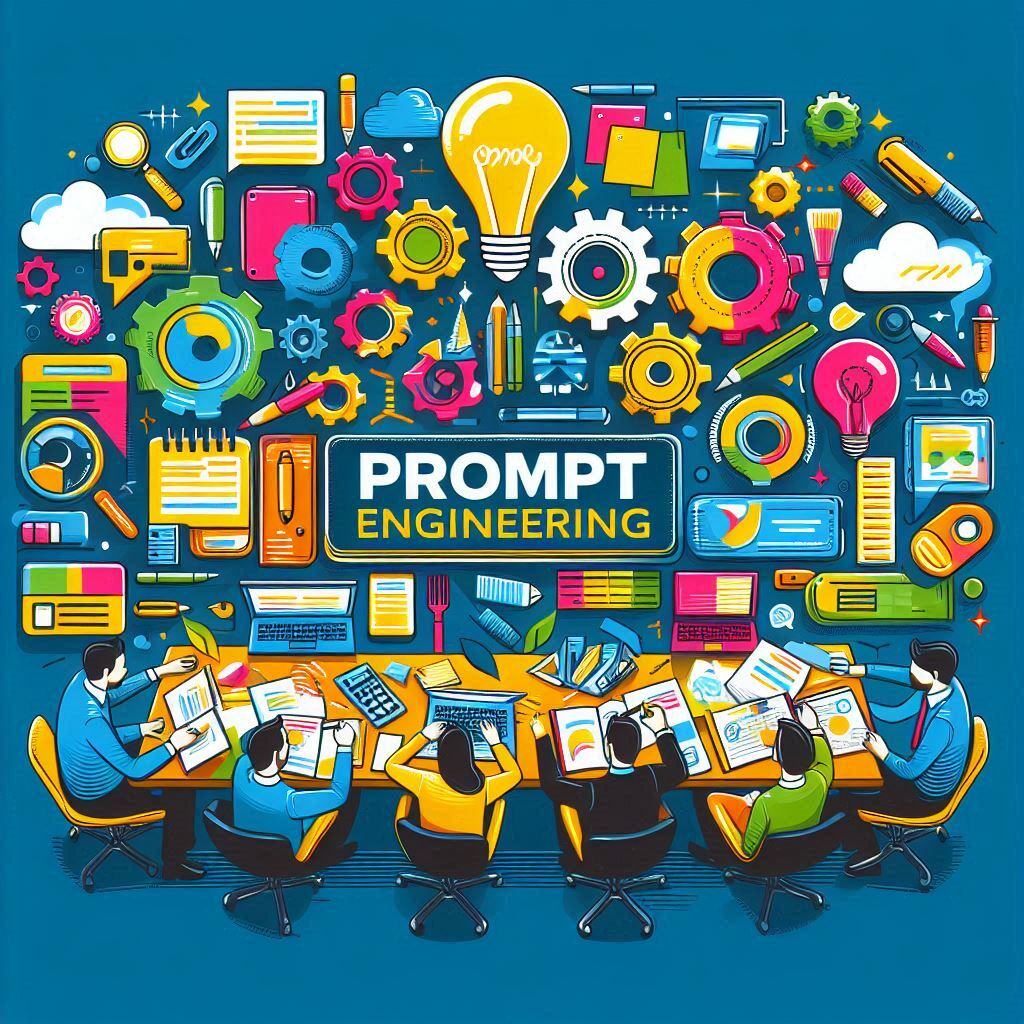5 min read
What is Prompt Engineering?
Prompt engineering is the art of crafting inputs (prompts) that guide AI systems, particularly large language models (LLMs) like GPT-4 or generative...
In this lesson, we will explore how to craft clear, concise, and actionable prompts for AI models. Crafting effective prompts is essential because the accuracy of the AI's response largely depends on how well the prompt is structured. A well-crafted prompt minimizes errors, improves the relevance of the AI output, and leads to better performance overall. This lesson provides key techniques for building strong prompts and focuses on the iterative process of refining them for continuous improvement.
A well-structured prompt helps AI models like GPT-4 and DALL-E understand the task at hand, ensuring that the output is relevant and aligned with the user’s expectations. The clarity of a prompt determines how the AI interprets and responds, so even slight variations in wording can lead to significantly different results.
What Makes a Prompt Effective?
Specificity: An effective prompt must be specific enough to guide the AI toward a certain direction. Vague or broad prompts can confuse the AI and lead to irrelevant or incomplete outputs. For example, instead of asking, “Write about technology,” a more specific prompt would be, “Write a 300-word essay about how AI is transforming the healthcare industry.”
Clarity: Avoid using ambiguous language. AI models are pattern-based learners and rely on clear, explicit instructions to perform well. For instance, asking, “Explain the impact of social media on marketing,” may be improved by specifying, “Explain the impact of social media platforms like Instagram and TikTok on small business marketing strategies in 200 words.”
Actionability: The prompt should include actionable instructions that give the AI a specific task. Phrasing like “list,” “describe,” or “compare” helps to define the output more clearly.
Understanding the basic components of an effective prompt is crucial for success in prompt engineering. A prompt typically consists of the following elements:
Context:
Task Definition:
Constraints:
Example or Template:
When crafting prompts, specificity and context are key factors that directly impact the quality of the AI’s output. By giving the AI more information about what is expected, you can reduce ambiguity and get more accurate responses.
Many prompt engineers, especially beginners, face common challenges when crafting prompts. Understanding these pitfalls and how to overcome them is essential for effective AI interactions.
Overly Broad Prompts:
Ambiguity in Instructions:
Lack of Constraints:
The refinement of prompts is an ongoing process. With each interaction, prompt engineers can analyze the AI’s responses, identify areas for improvement, and tweak the prompt accordingly. Here are some effective refinement techniques:
Iterate and Test:
Split Complex Tasks into Sub-Prompts:
Use Examples to Guide the AI:
Let’s practice crafting a few prompts and refining them to achieve more accurate responses from the AI. Below are examples of how you can structure and refine prompts for better outputs:
Initial Prompt:
Refined Prompt:
Initial Prompt:
Refined Prompt:
Initial Prompt:
Refined Prompt:
Crafting effective prompts is an essential skill in interacting with AI systems, and it requires a balance of clarity, specificity, and actionability. By structuring prompts carefully and refining them through an iterative process, you can guide AI to deliver more relevant, accurate, and valuable outputs. In this lesson, we’ve explored the key components of a well-structured prompt, learned how specificity and context play a crucial role, and practiced avoiding common pitfalls.
The next lesson will explore Guiding AI Behavior, where we’ll dive into advanced prompt engineering techniques to control AI outputs more effectively.
Overview: Prompt Engineering Course Overview
Lesson 1: What is Prompt Engineering
Lesson 2: Crafting Effective Prompts
Lesson 3: Guiding AI Behavior
Lesson 4: Practical Applications
Lesson 5: Hands-on Exercises

5 min read
Prompt engineering is the art of crafting inputs (prompts) that guide AI systems, particularly large language models (LLMs) like GPT-4 or generative...

4 min read
This lesson takes a practical approach to learning prompt engineering by offering hands-on exercises. You will work through guided scenarios where...

2 min read
Prompt Engineering is a powerful technique that allows users to harness AI systems effectively by crafting precise and actionable instructions. This...

Use the agents as they are or easily customize them for your workflows with AI Studio by Integrail.

Use Integrail Benchmark Tool to find the most efficient models and test your own agents.